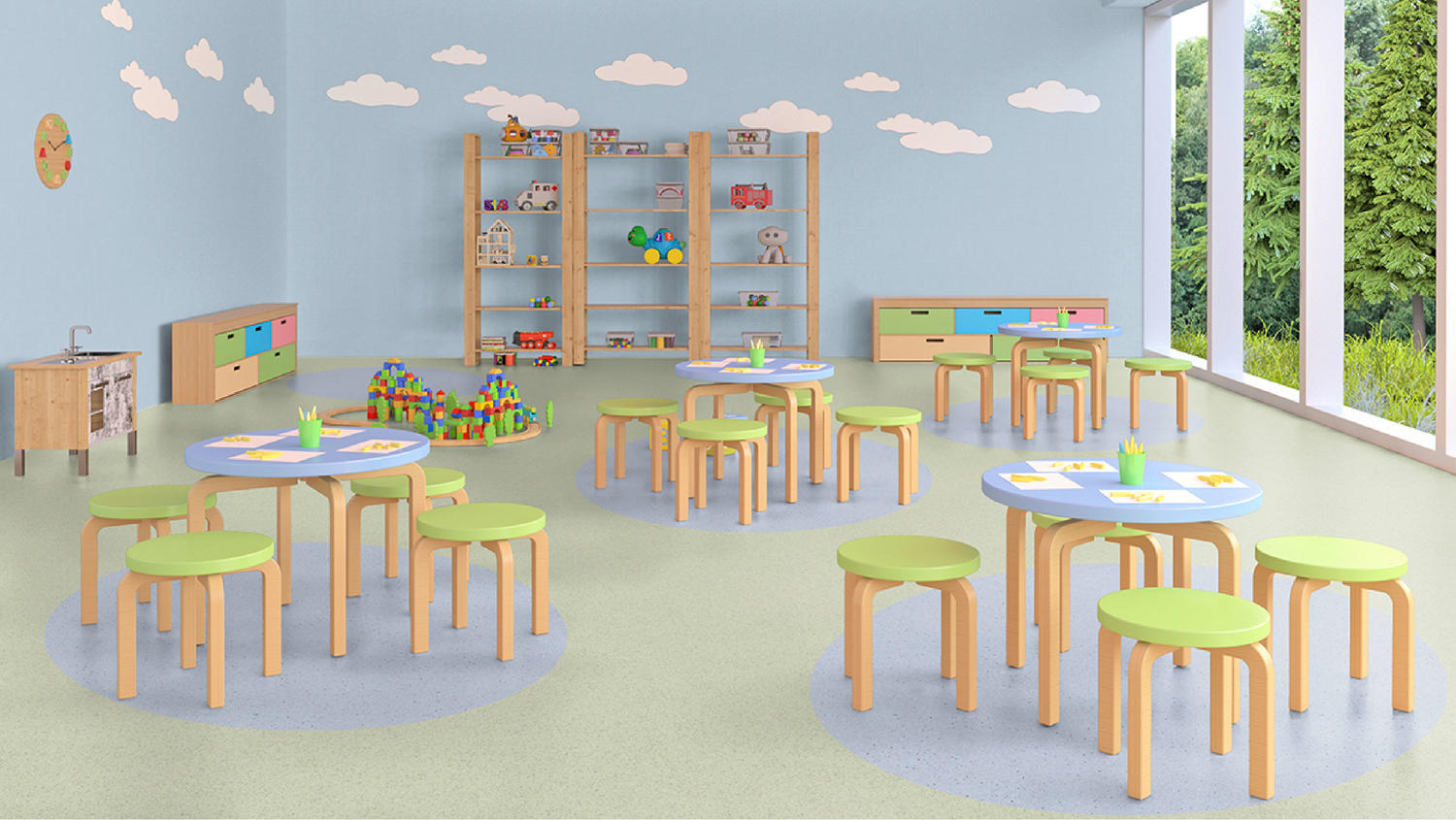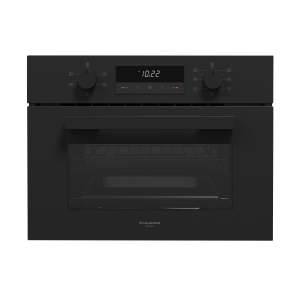
In the realm of modern construction and interior design, raised floor systems have gained significant traction. These innovative flooring solutions offer a multitude of benefits that cater to various industries and applications. In this article, we delve into the advantages of raised floor systems, highlighting how they enhance flexibility, efficiency, and sustainability in commercial and industrial settings. Find here the right raised floor supplier in Dubai for your specific needs.
Improved cable management:
One of the most compelling advantages of raised floor systems is their ability to streamline cable management. In office buildings, data centers, and other technology-driven environments, the need for extensive cabling is inevitable. A raised floor provides ample space beneath the surface to neatly conceal and organize cables, ensuring a clutter-free and safe environment. This not only enhances the aesthetics but also simplifies maintenance and troubleshooting processes.
Enhanced flexibility and adaptability:
Raised floor systems are inherently flexible, allowing for easy adaptation to evolving needs. In an ever-changing business landscape, companies frequently reconfigure their office spaces to accommodate new technologies or accommodate a growing workforce. Raised floors facilitate these changes by enabling the quick relocation of floor panels, without the need for major construction work. This adaptability not only saves time and money but also reduces disruption to daily operations.
Efficient air distribution:
Another notable benefit of raised floor systems is their role in optimizing air distribution and HVAC (Heating, Ventilation, and Air Conditioning) efficiency. By creating an underfloor plenum, these systems enable precise control over air circulation, ensuring even temperature distribution and ventilation. This contributes to improved energy efficiency and, consequently, reduced operational costs.
Accessibility for maintenance:
Maintenance is a critical aspect of any building’s lifecycle. Raised floor systems simplify maintenance tasks by providing easy access to utilities, plumbing, and electrical components beneath the floor. Technicians can quickly address issues without disrupting the surface area, minimizing downtime and associated costs. This feature is particularly valuable in data centers, where downtime can result in significant financial losses.
Sustainability and green building practices:
As sustainability becomes increasingly important in construction, raised floor systems align with green building practices. The space created beneath the floor can be utilized for efficient heating and cooling distribution, reducing energy consumption. Additionally, many raised floor materials are recyclable, contributing to reduced environmental impact.







